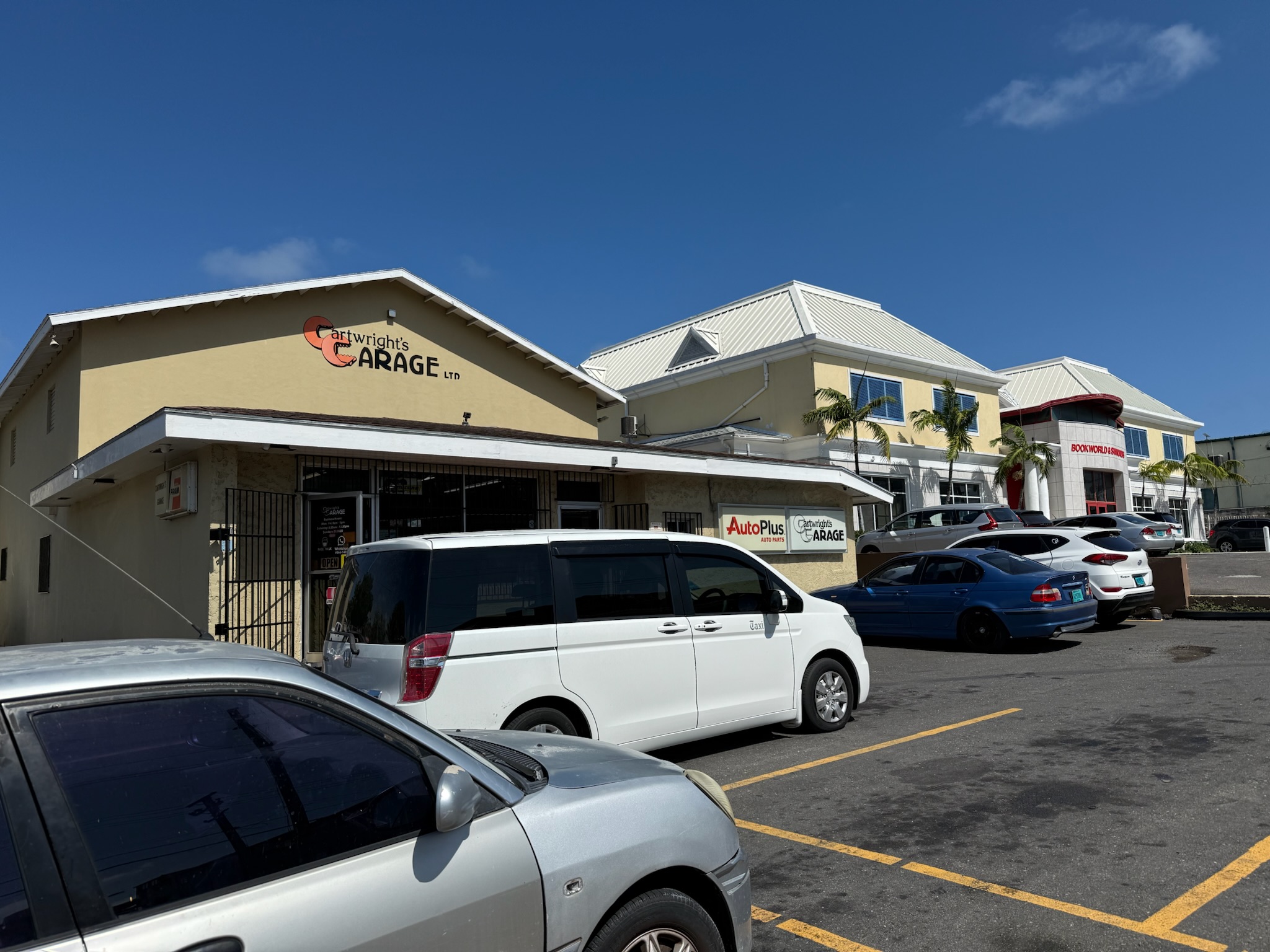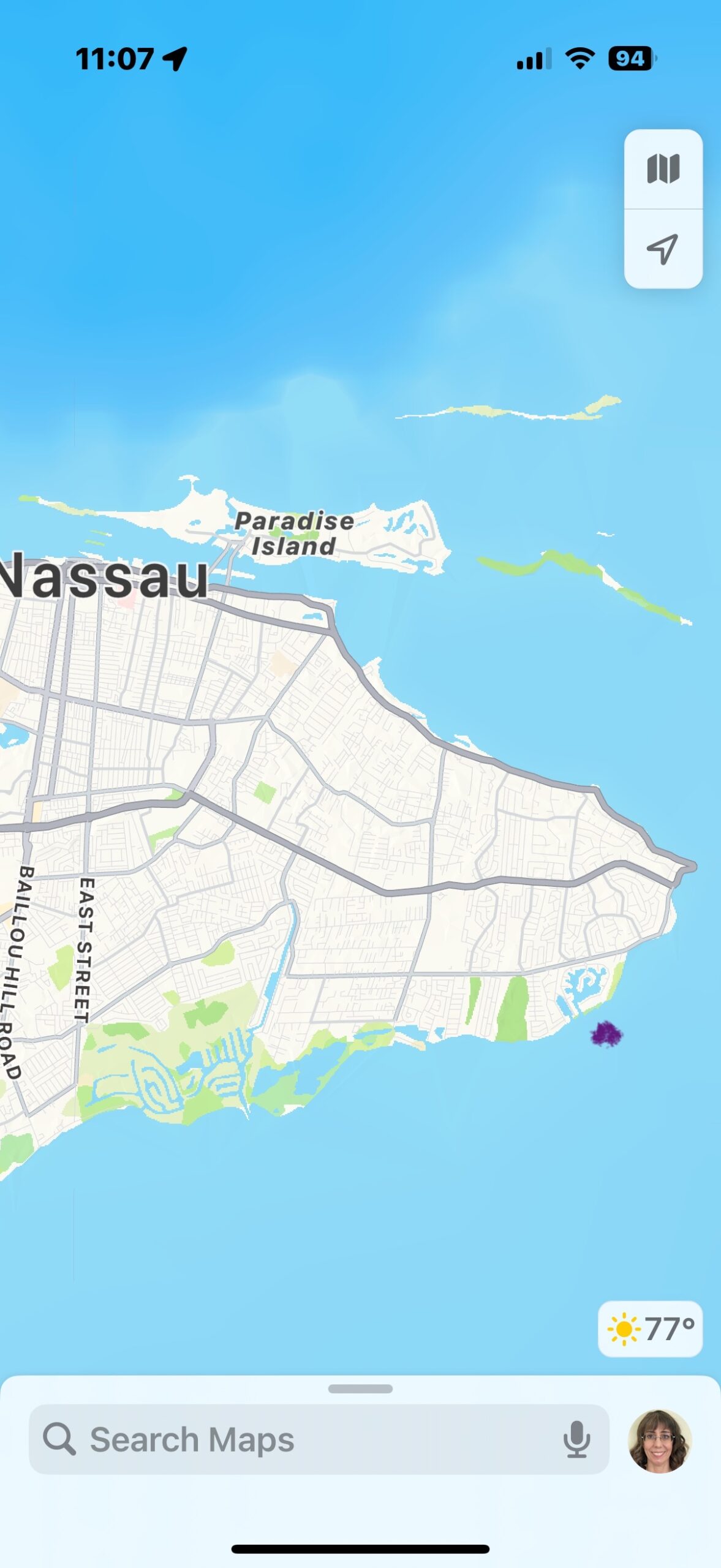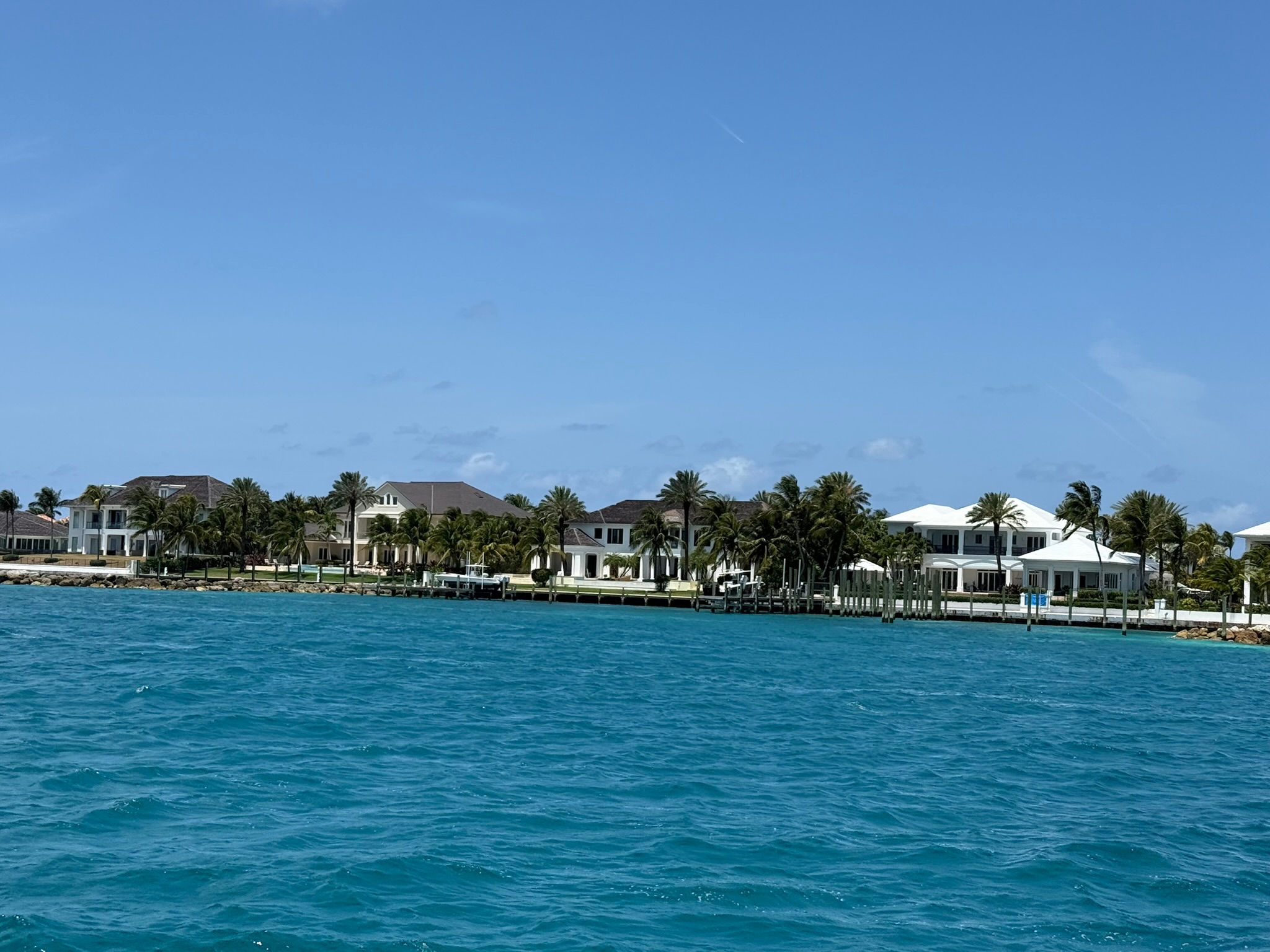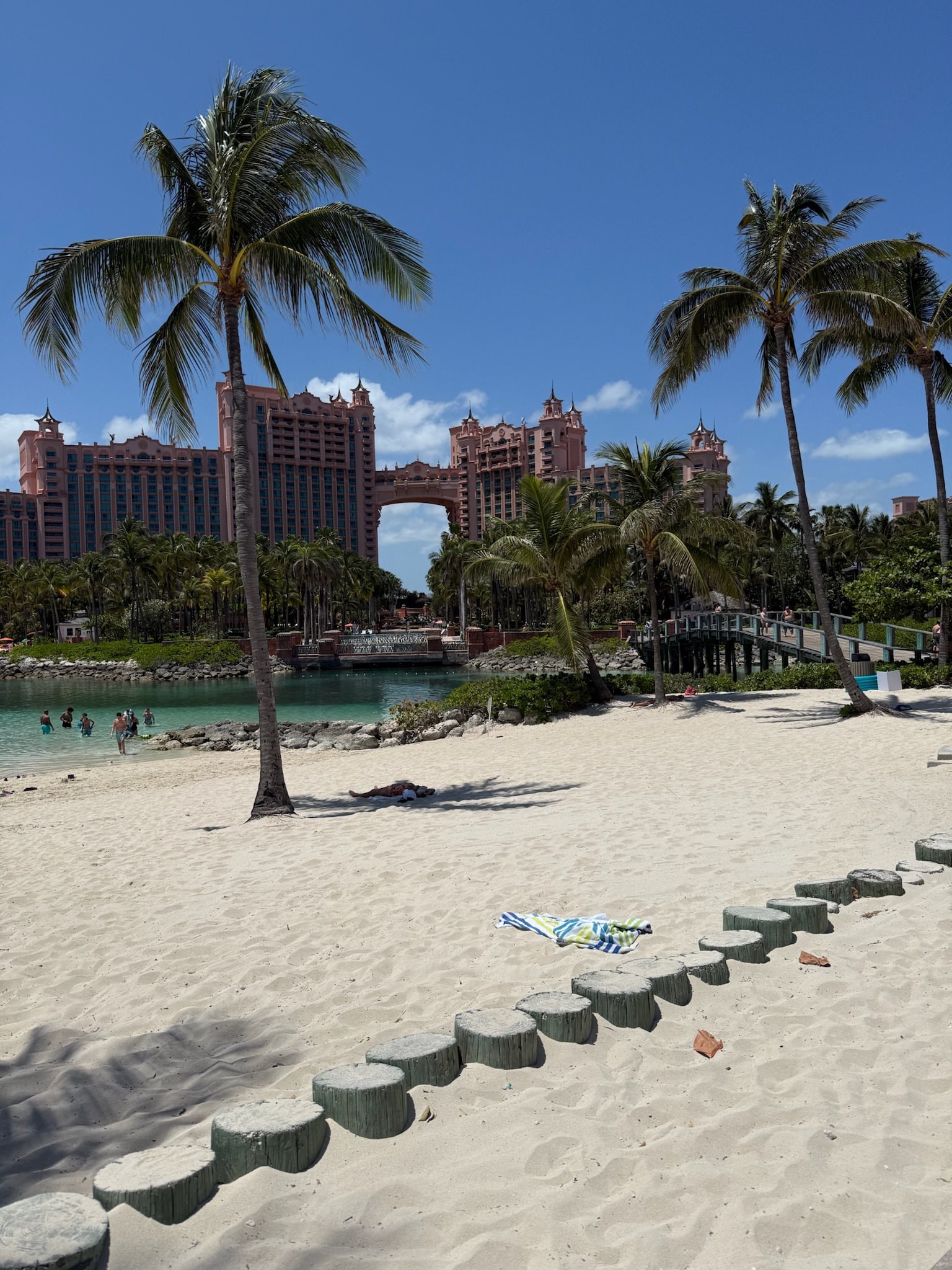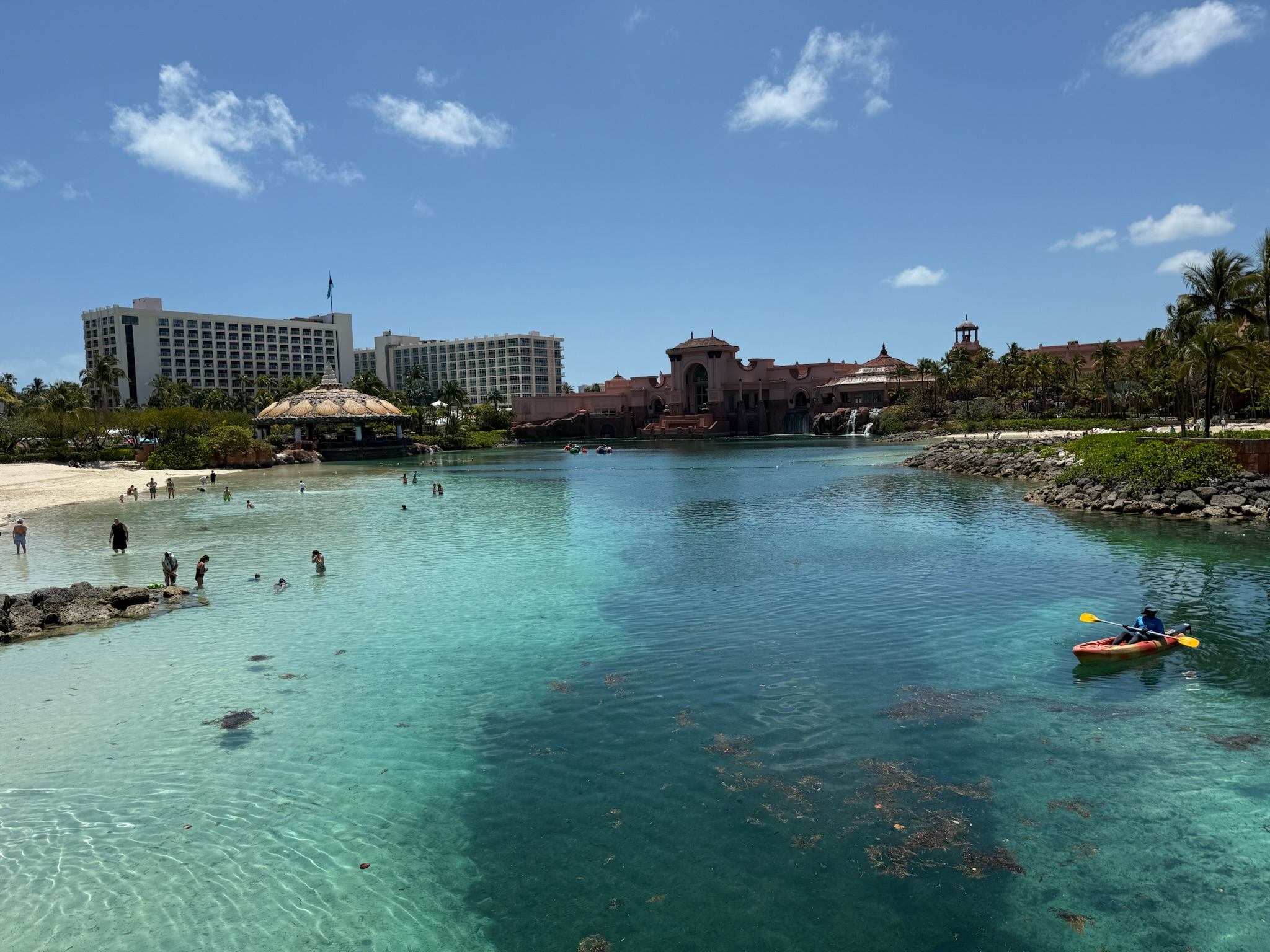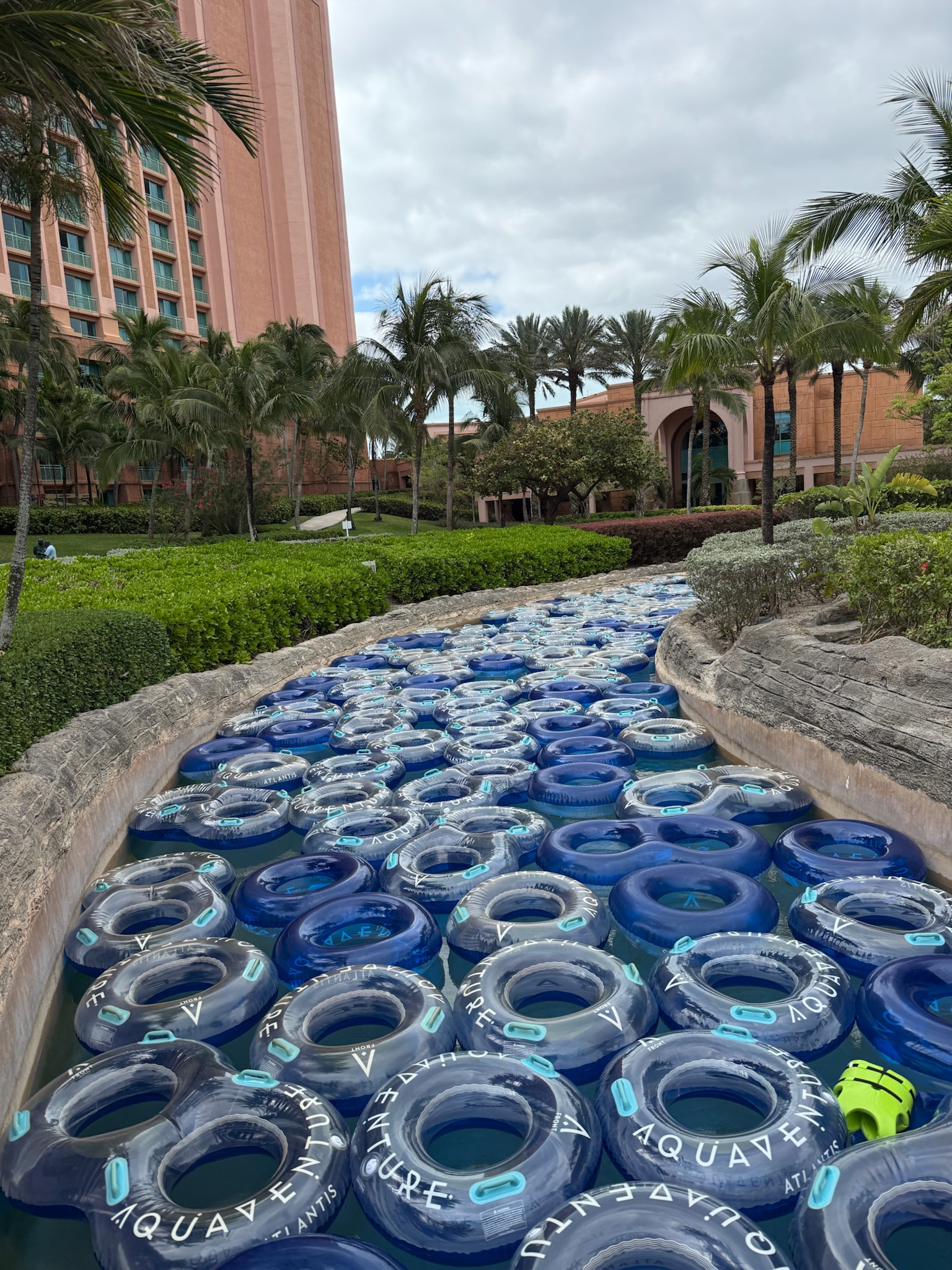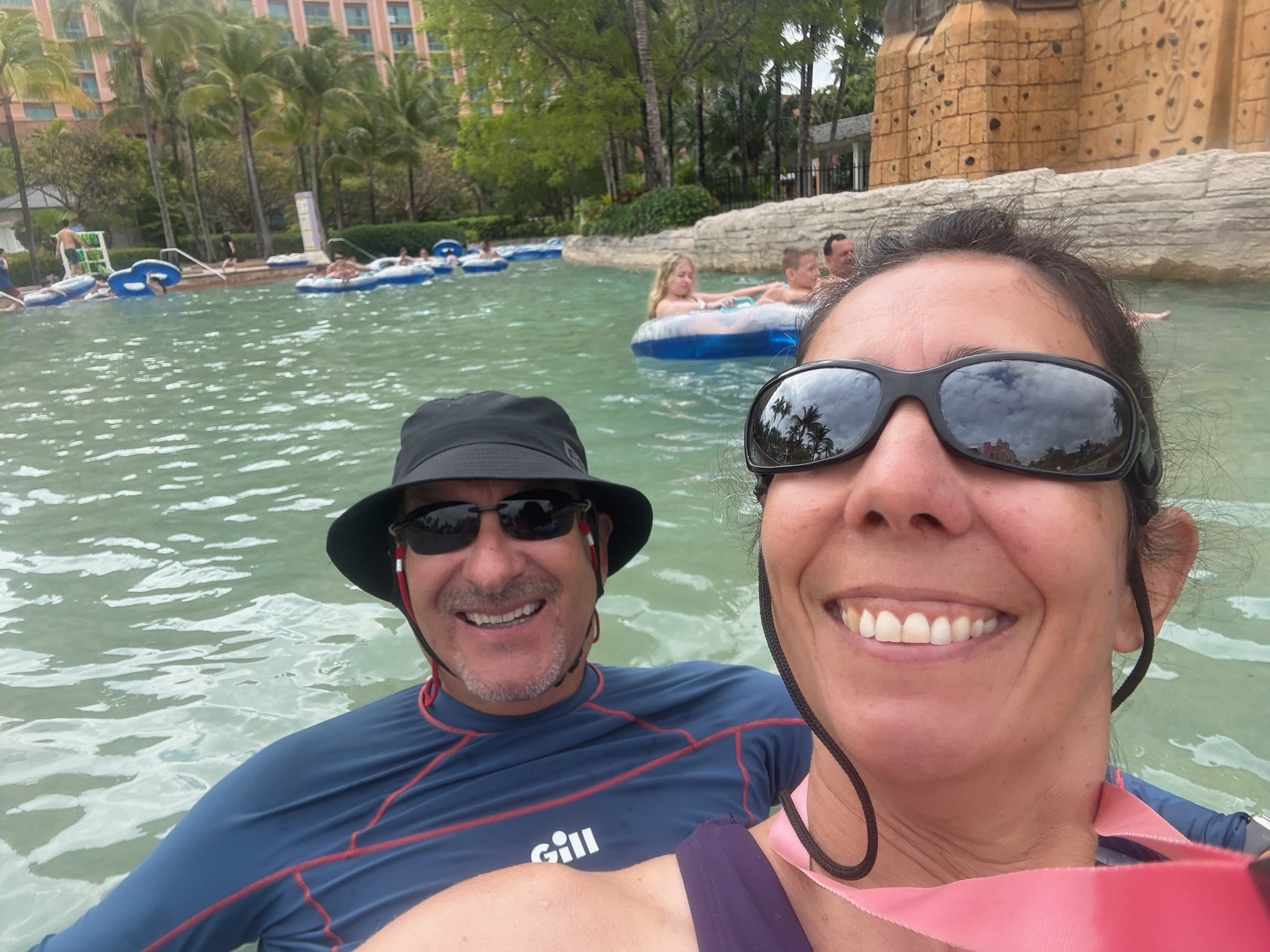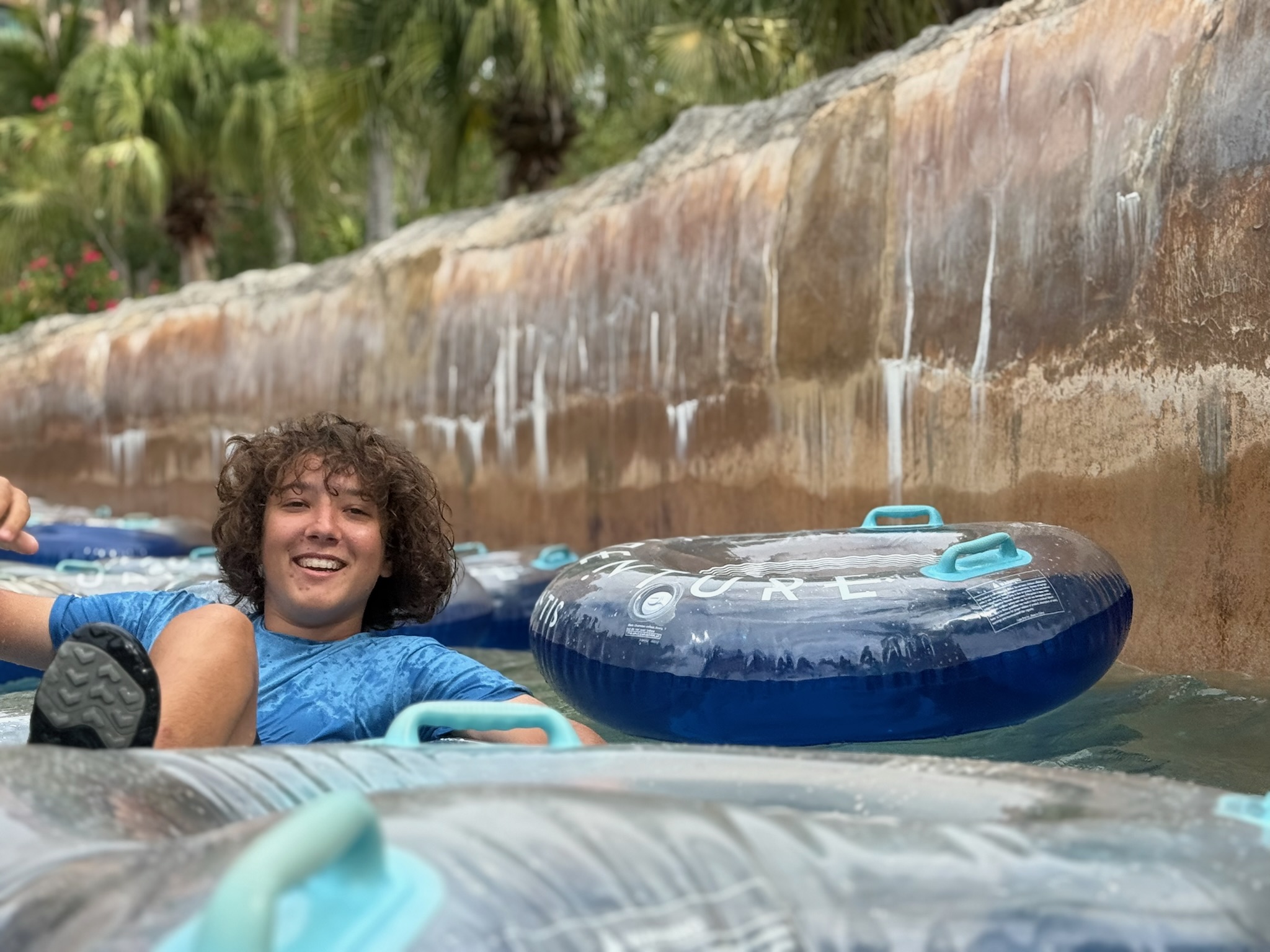Friday, April 25 — Eric did not sleep well. The boat became grounded at low tide in the middle of the night and started making unusual motions. The strange motion kept him from sleeping. Christi and Keith slept through it.
Despite being tired, Eric was feeling motivated to get stuff done. While Christi and Keith did school, Eric dug out the parts he’d need for his projects. Many were in deep spaces that were difficult to access — just getting the parts out was a project in and of itself!
As soon as Christi and Keith were done with school, we headed out. It was near high tide when we left Kosmos.
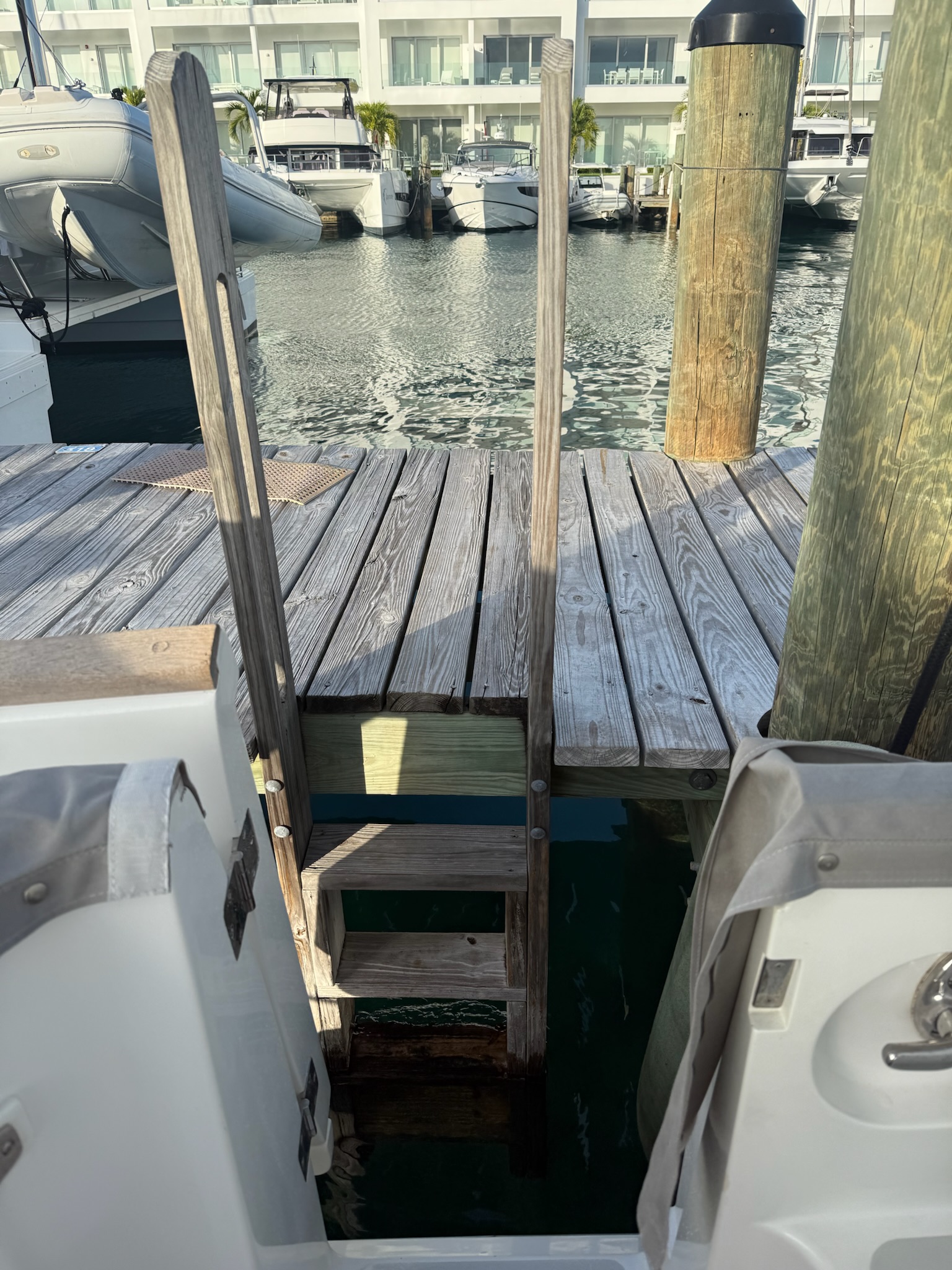
We rented a car from the marina office. They charged $11 per hour and didn’t require us to refill the fuel we used. Eric found driving on the left hand side of the road in traffic required a lot more concentration than normal. And it was a little bit scary, particularly with making right hand turns.
Our first stop was an auto parts store to get oil, which was the farthest away from all of our errands — a 10-minute drive.
